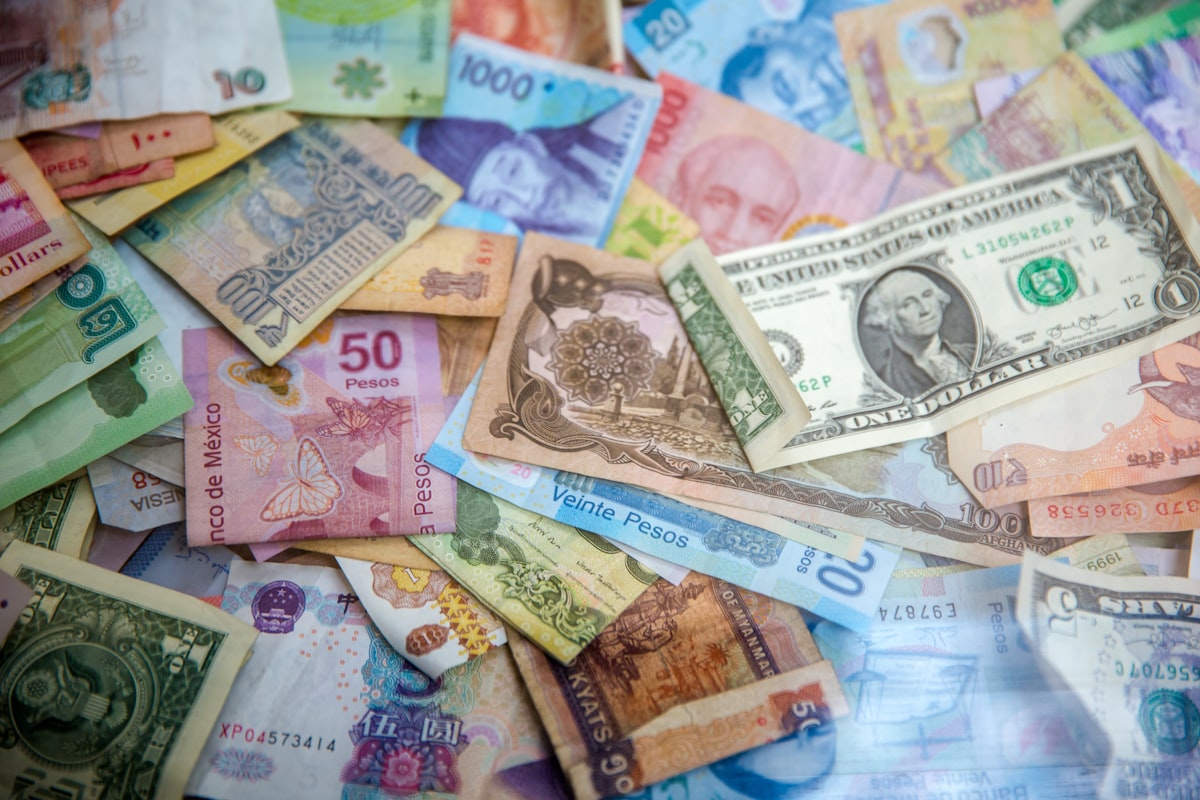The Story of Silver Dimes in U.S. History
Silver dimes hold a significant place in the history of American coinage. From 1796 to 1964, the U.S. Mint produced dimes made mostly of silver, offering a glimpse into various historical eras. Understanding the evolution of these coins can provide insights into broader economic and societal changes.
The Early Days: Draped Bust and Capped Bust Dimes

The first silver dimes appeared in 1796. Known as Draped Bust dimes, these coins featured a portrait inspired by Liberty. Their mintage didn’t follow a consistent annual schedule until after 1807, when the design was modified to the Capped Bust. These early dimes were 89.24% silver and quickly became an essential part of American currency.
The new design in 1809, the Capped Bust dime, remained in circulation until 1837. This version had a more intricate design with LIBERTY on the band and a heraldic eagle on the reverse. As manufacturing capabilities improved, production became more reliable, reflecting growing confidence in the nation’s minting processes.
The Seated Liberty Era
In 1837, the U.S. introduced the Seated Liberty dime. Created by Christian Gobrecht, this coin depicted Liberty seated on a rock. The reverse featured a simple wreath encircling ONE DIME. The composition increased to 90% silver, remaining consistent until the end of the silver-dime era in 1964.
The Seated Liberty design underwent several modifications. Arrows were added to the date in 1853 and removed in 1856, indicating changes in the coin’s weight. Stars were initially included around Liberty’s image, only to be replaced by the legend UNITED STATES OF AMERICA in 1860. These alterations reflect ongoing adjustments in coinage standards and production capabilities.
The Barber Dime
The Barber dime debuted in 1892, designed by Charles E. Barber. This period marked a shift toward more utilitarian coin designs. Liberty’s head, adorned with a cap and laurel wreath, was the main feature. The reverse side carried a simple ONE DIME within a wreath.
The Barber series extended beyond dimes to include quarters and half-dollars. Despite criticisms of its conservative appearance, the design persisted until 1916. By then, a desire for modern and artistic coinage had emerged, paving the way for more dynamic designs.
The Mercury Dime: Artistry and Symbolism
Introduced in 1916, the Mercury dime featured one of the most iconic designs in U.S. Mint history. Created by sculptor Adolph A. Weinman, the obverse portrayed Liberty wearing a winged cap, symbolizing freedom of thought. The reverse depicted a fasces and olive branch, representing strength and peace.
Mintage continued through 1945, with this dime becoming a staple of the American monetary system. Collectors appreciate the artistic value and deep symbolism. The Mercury dime also represents the economic and cultural resilience of the era that spanned World War I, the Great Depression, and World War II.
The Roosevelt Dime and the End of an Era
In 1946, a new design commemorated President Franklin D. Roosevelt. Engraver John R. Sinnock captured Roosevelt’s profile on the obverse. The reverse depicted a torch flanked by olive and oak branches, highlighting causes Roosevelt championed: freedom, peace, and victory.
The introduction of the Roosevelt dime marked the twilight of silver coinage in circulating dimes. By 1965, silver was removed from most American coinage due to rising metal costs and the need to adapt to a modern monetary system. This shift ended nearly two centuries of silver dimes in circulation.
Post-1964 and Collectible Silver Dimes
Silver dimes minted before 1965 remain valuable to collectors. The historical context and rarity of certain minting years drive interest and prices. Those containing 90% silver offer intrinsic bullion value, as well.
Specific years or mintmarks, such as the 1894-S Barber dime, are particularly sought after. Only 24 were minted, with very few surviving today. The intrigue around these coins adds to their allure among numismatists.
Preserving a Rich Legacy
Silver dimes tell a story of technological advancement, economic shifts, and cultural changes. Each design phase reflects nuances in American history. Collectors and historians alike find these dimes invaluable for understanding how currency both influences and reflects society.
The simple beauty and changing designs continue to fascinate. The remaining coins serve as tangible links to the past, connecting us to national narratives and personal stories embedded in every aspect of their creation and use.
Recommended Collecting Supplies
Coin Collection Book Holder Album – $9.99
312 pockets for coins of all sizes.
20x Magnifier Jewelry Loupe – $13.99
Essential tool for examining coins and stamps.
As an Amazon Associate, we earn from qualifying purchases.




Subscribe for Updates
Get the latest articles delivered to your inbox.
We respect your privacy. Unsubscribe anytime.